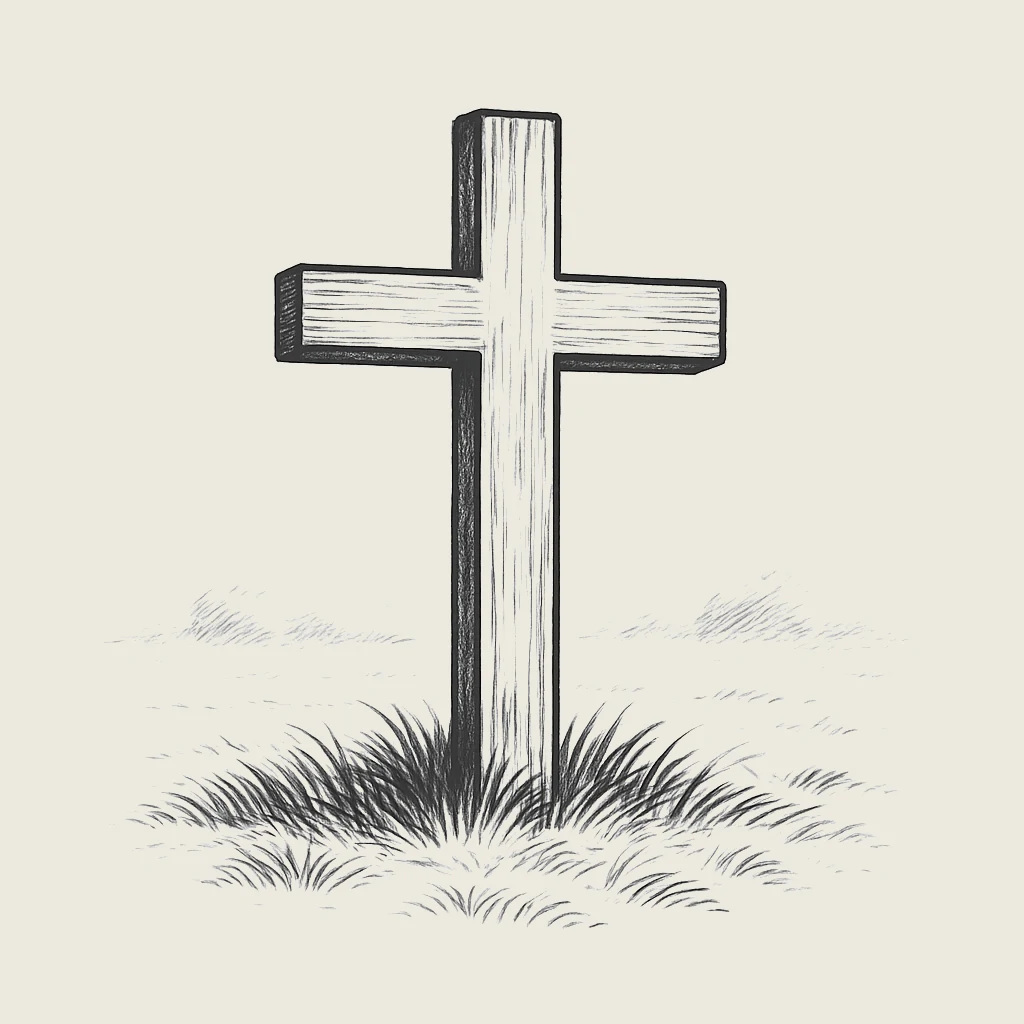Is It Okay to Keep Photos of the Deceased with the Living: Opinions, Traditions, and Recommendations
Introduction
Many people face the question of whether it is okay to keep photos of the deceased with the living, especially after losing a loved one. This topic touches not only on personal experiences but also on traditions, beliefs, and emotional and psychological well-being. Some believe that photos of the deceased carry memory and warmth, while others think such images can affect the energy of a home. Is it appropriate to keep photos of the deceased from ethical, spiritual, and psychological perspectives? Let’s take a closer look.
Superstitions and Myths About Photos of the Deceased
According to widespread superstitions, images of the deceased may carry a "dead energy" that could negatively affect those pictured alongside them. Some people believe these photos should be kept separately, especially if living people appear in the picture. This fear stems from beliefs in the supernatural and the idea that photos can serve as portals between worlds. While these theories lack scientific backing, they are supported by followers of esoteric and occult practices.
Why These Concerns Arise
Such views often originate from the past when death was seen as sacred and dangerous. In some cultures, it was customary to cover mirrors and remove pictures of the deceased from living spaces. This was due to a fear of "unrested souls" and potential energy contact. As a result, photos of the deceased were usually not kept in plain sight.
A Psychological Perspective
From a psychological point of view, the constant presence of a deceased person’s portrait in a prominent place can hinder the grieving process. In the first months after a loss, keeping the photo visible can be emotionally difficult — it may intensify the pain and make it harder to move on. Experts suggest being cautious when keeping such photos. If they trigger strong emotions, it's best to put them away temporarily. When the pain subsides, the person will naturally decide where to place the cherished photo.
The Role of Memories in Coping with Loss
On the other hand, memories of relatives captured in photographs can ease emotional pain. Some psychologists even recommend creating a memory album that includes photos of the deceased person, their belongings, and notes. This approach helps process grief and maintain a connection with the loved one.
The Church’s Opinion
The religious stance on this topic differs from folk superstitions. Church authorities state that photos do not pose any threat. Photos of the deceased at home are allowed, especially if they evoke positive emotions. The key is to treat the images with respect, not to worship them or assign mystical qualities. The Church believes it's unnecessary to differentiate between photos of the living and the dead. What matters most is remembrance and prayer.
The Esoteric Approach to Storing Photos of the Deceased
Among esoteric practitioners, it is believed that images of the deceased retain the person's energy. Some claim that photos can establish contact with the spirit world. Because of this, they recommend keeping photos of the deceased separately, wrapping them in fabric or placing them in closed albums. They also advise not to display these pictures in bedrooms or sleeping areas. Certain rituals involve tying the photos with a ribbon or placing them in a box with icons.
Why It’s Worth Keeping Photos of the Deceased
Despite differing opinions, there are arguments in favor of preserving photos of the deceased. They not only help with grieving but also with preserving family history. Over generations, pictures of relatives become important artifacts that tell the story of the past. Often, such photos carry a positive charge — a reminder of joyful moments and happy days. Especially valuable are group photos where people are captured during good times.
- Photos strengthen generational bonds.
- They help children learn about their ancestors.
- They are part of personal and family memory.
Practical Tips for Storing Photos of the Deceased
If the images cause anxiety, they can be temporarily put away. For those who feel the need to remember — it is advised to create a memorial corner. Such photos should not be kept in emotionally intense places — like bedrooms or children's rooms. It's best to dedicate a shelf or drawer in a cabinet. Funeral photos, according to recommendations, should be stored separately, especially those of the procession, casket, or cemetery.
What to Do with Group Photos
When it comes to images where both the deceased and the living are present — there's nothing wrong with that. However, some suggest visually separating them: placing them in a frame with a mourning ribbon or moving them to another album section. The main thing is to ensure the placement doesn’t cause discomfort for other family members. Respect for everyone’s feelings is the foundation of peaceful coexistence under one roof.
Conclusion
The question of whether it is okay to keep photos of the deceased with the living has no definitive answer. It depends on family traditions, personal beliefs, and emotional states. Whether photos of the deceased should be kept at home — is up to each individual. For some, it helps maintain an internal connection, while for others, it hinders recovery. The most important thing to remember: love and respect for the deceased are not determined by where their photos are, but by actions and cherished memories.
Read also:




